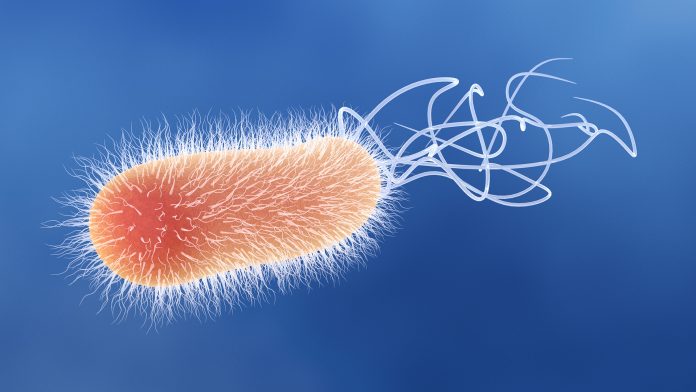
Pseudomonas aeruginosa, often found in hospital patients, is a harmful bacterium that causes infections in the blood, lungs, and other body parts after surgery. Researchers from the University of Portsmouth have recently discovered a new way to fight the bacteria.
While analysing the effects of an organic compound on drug-resistant bacteria, the researchers discovered how the compound could inhibit and kill Pseudomonas aeruginosa, saving patients from serious illness and death.
Recently, hydroquinine, an organic compound found in tree bark called, was found to have anti-bacterial properties effective against harmful bacteria such as Staphylococcus aureus, Escherichia coli, and Klebsiella pneumoniae.
The researchers found that hydroquinone significantly altered the expression levels of virulence factors in Pseudomonas aeruginosa. The research suggests that the compound can interfere with the assembly and movement of Pseudomonas aeruginosa.
The findings have been published in the journal Antibiotics.
Pseudomonas aeruginosa is antibiotic resistant
The researchers explored the molecular responses of Pseudomonas aeruginosa strains to hydroquinine. They did this by examining which genes were switched on and which were switched off in response to the drug.
“There’s quite a long list of antibiotics that don not work on Pseudomonas aeruginosa, but our experiments found some of the genes governing the mobility of the bacterium were quite drastically switched off by hydroquinine. Biofilm formation and the swarming and swimming of the germ were significantly reduced,” explained Dr Robert Baldock from the School of Pharmacy and Biomedical Sciences at the University of Portsmouth.
“If we know that this drug is working in a really unique or different way then it firstly explains why it’s active on these drug-resistant cells, but it also means that you can potentially look at combining it with other existing antibiotics to make them more effective,” added Dr Baldock.
Around 2.8 million infections are estimated to contain some form of drug-resistant bacteria, these infections are said to cause around 350,000 deaths per year. Antimicrobial resistance occurs when germs develop over time and no longer respond to medicines, making infections difficult to treat. Pseudomonas aeruginosa has become resistant to commonly prescribed antibiotics such as Amoxicillin and Trimethoprim.
Hydroquinine is ready for clinical use
Hydroquinine is known to be an effective agent against malaria in humans and has been used in the Netherlands to treat nocturnal muscle cramps. Prior to this research, there has been little investigation into its drug-resistant properties. The researchers believe the compound is ready to be administered clinically to treat infections related to Pseudomonas aeruginosa.
“Antimicrobial resistance has become one of the greatest threats to public health globally, so to discover an organic compound has the potential to be used as an effective weapon in the fight is very exciting,” said Dr Jirapas Jongjitwimol from the Department of Medical Technology at Naresuan University.
“We now need to look at how the compound works against a wider variety of bacterial strains so that we better understand why some germs are affected or not affected by it,” concluded Dr Jirapas.
























